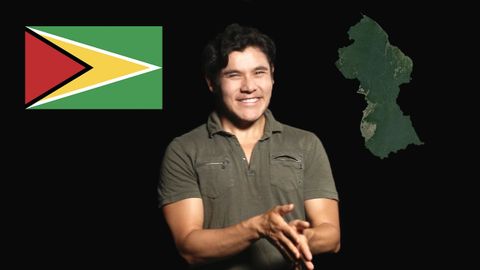地理Now!ガイアナ (Geography Now! Guyana)
林宜悉 が 2021 年 01 月 14 日 に投稿  この条件に一致する単語はありません
この条件に一致する単語はありませんUS /aɪˈkɑnɪk/
・
UK /aɪˈkɒnɪk/
US /pəˈtɛnʃəlɪ/
・
UK /pə'tenʃəlɪ/
US /ˈtɛrɪˌtɔri, -ˌtori/
・
UK /'terətrɪ/
- n. (c./u.)なわばり;分野;領地;領土;管轄;販売地域;勢力範囲
US / ˈɪnfluəns/
・
UK /'ɪnflʊəns/
- v.t./i.影響を与える;説得する
- n. (c./u.)影響;影響力のある人;支配力
エネルギーを使用
すべての単語を解除
発音・解説・フィルター機能を解除

